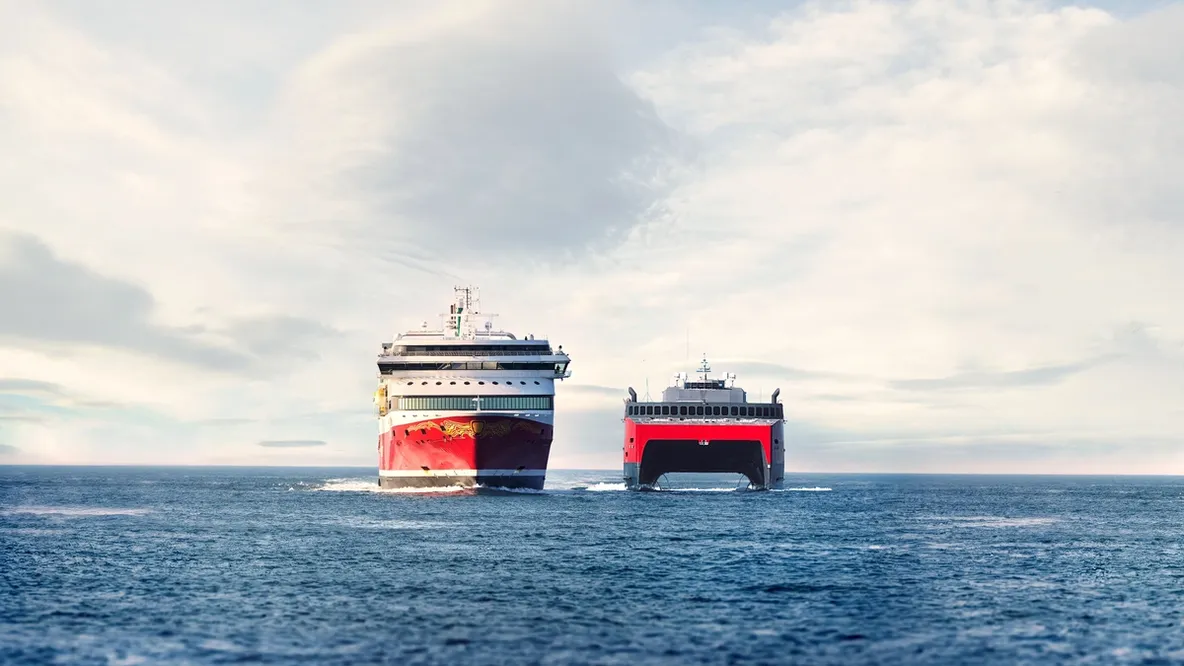Our adventurous history
Fjord Line's history started in Bergen and dates back to 1993. Over the years, the company has experienced both smooth sailing and rough seas, but is now cruising into the future with a modern fleet.
Our history can be traced back to a distant past in Western Norway. In the old days, it was quite common for farmers and people who lived in coastal villages in Western Norway to create local steam boat crews and traffic companies to transport goods such as milk, meat, fish and vegetables into the towns. On their return home, they brought back sought-after items like textiles and hardware. As time went on, many of these small companies were amalgamated.
Fjord Line is a result of a number of such mergers. When the bridge between Askøy and Bergen opened in 1992, the ferry and bus company, Rutelaget Askøy-Bergen, decided to close its ferry business. The company sold all its ferries and used the income generated to buy a large ship hull. The owners fitted new cabins, christened the ship MS Bergen and established a new route between Hanstholm in Denmark and Bergen and Egersund. The company hoped to encourage people in Western Norway to venture out into the world. In addition, they were also hoping that European tourists would find their way up to the more western parts of Norway.
1993 – MS Bergen’s first voyage between Denmark and Norway
In 1993, MS Bergen, which is today known as MS Oslofjord, started sailing between Hanstholm, Bergen and Egersund. Five years later, we expanded the business.
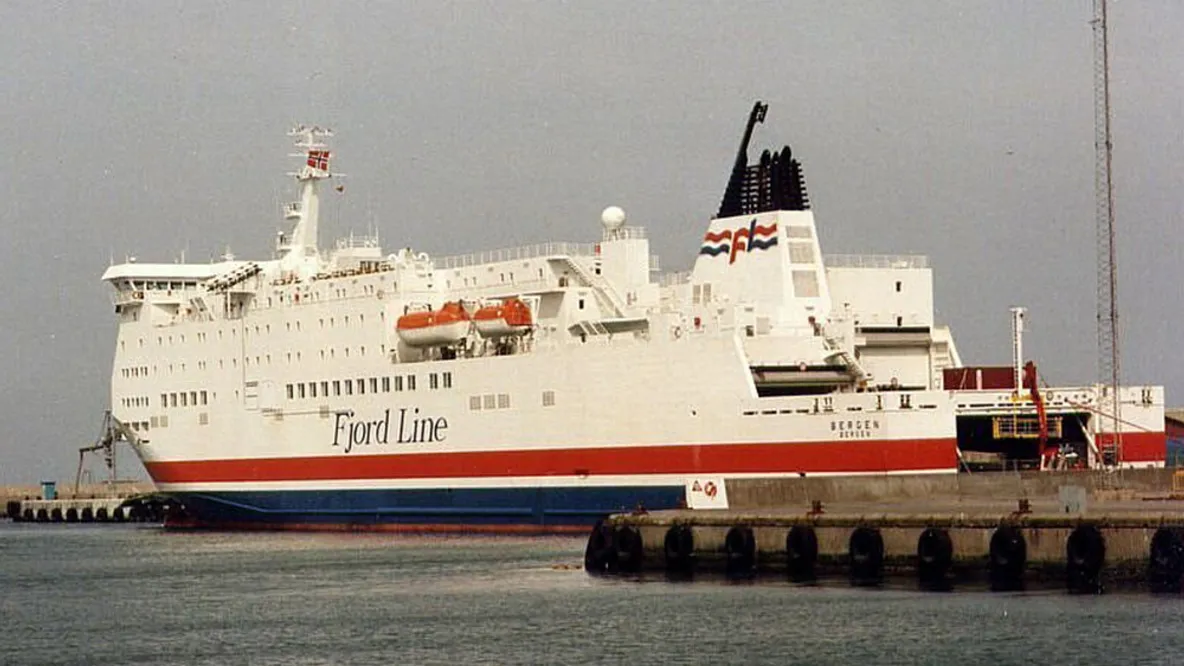
1998 – Fjord Line sails to England
Color Viking was bought and renamed MS Jupiter, and the Fjord Line route network was expanded to include sailings between Newcastle in England and Western Norway – the so-called England line. At that time, Fjord Line was the only company involved in international freight and cruise transport from Western Norway, so they were good times for us.
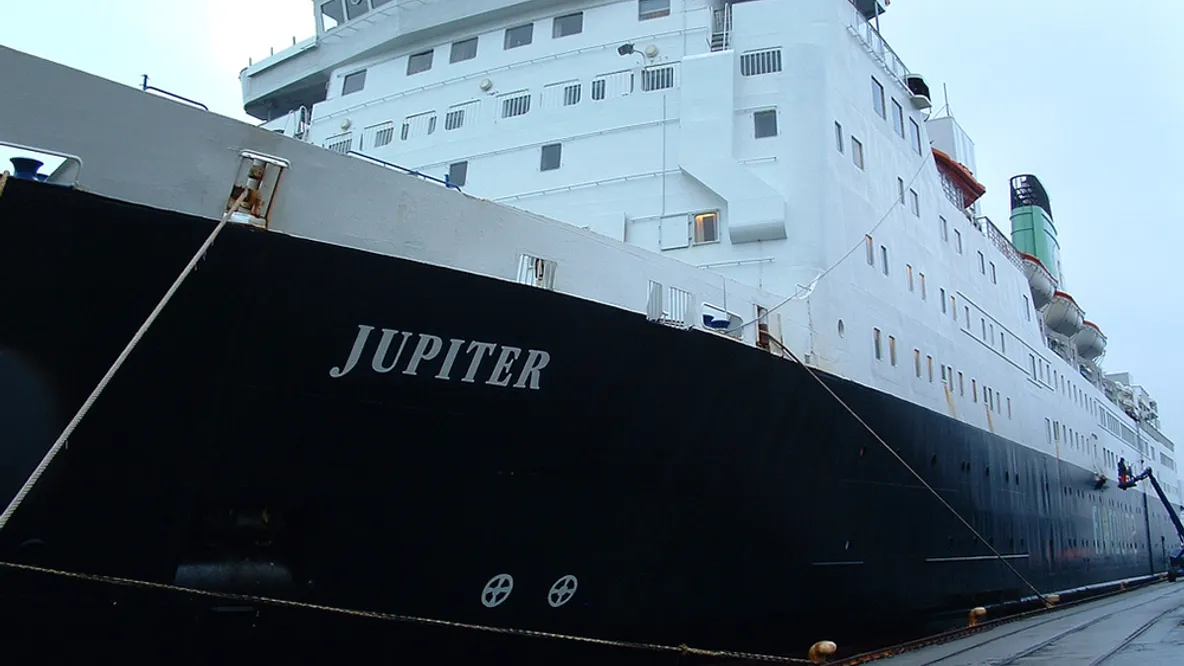
2003 – MS Fjord Norway started operating between Denmark and Norway
In the same year, Haugesund became the new port of call for Fjord Line. With a substantial increase in capacity, this was the year that Fjord Line experienced additional growth in the number of passengers.

2005 – Tough times for Fjord Line
In 2005, we were challenged by Color Line, which introduced the previous Kiel ferry, MS Prinsesse Ragnhild to the route between Denmark and Western Norway. These were tough times for Fjord Line and finally we decided to let DFDS Seaways take over the England line and MS Fjord Norway in order to concentrate fully on sailing to and from Denmark and Western Norway.
2006 – Start of a turnaround
In 2006, Fjord Line worked hard to try and reverse the downward trend. And fortunately, things started to pick up. In 2007, we got new owners.
2008 – Merger between Fjord Line and Master Ferries
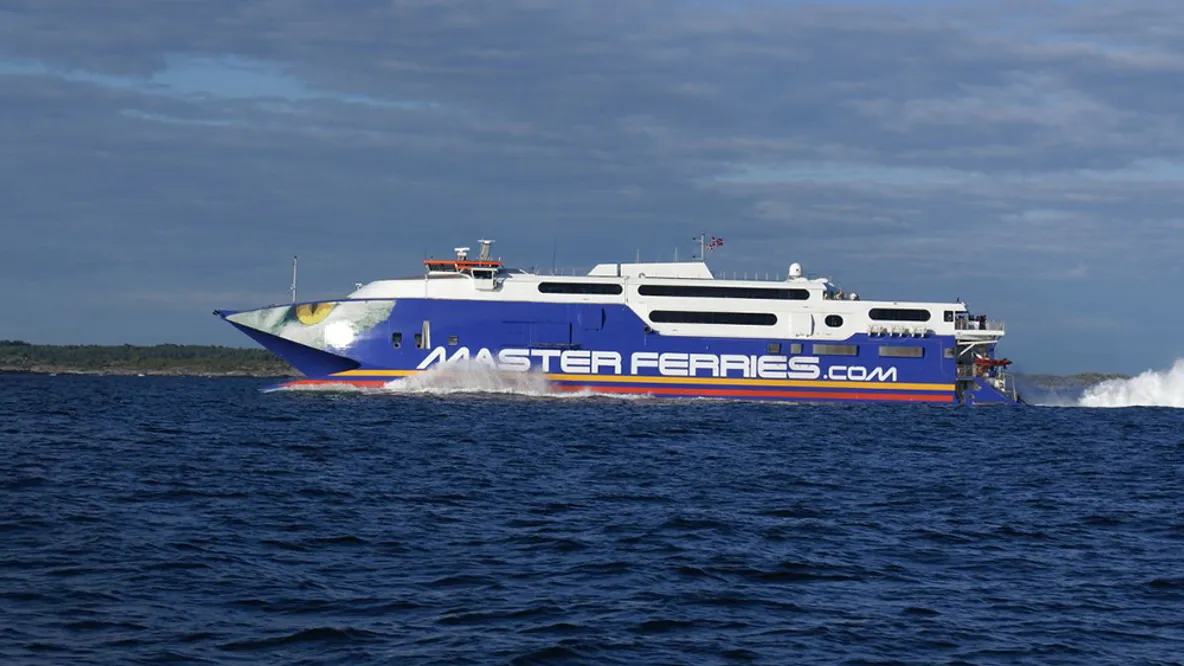
In 2008, Fjord Line merged with Master Ferries. The high-speed catamaran, HSC Fjord Cat, was put into operation on the new express line between Hirtshals and Kristiansand.
2008 – New ports of call
Stops in the ports of Egersund, Haugesund and Hanstholm were discontinued, and the focus in Western Norway was on the Hirtshals-Stavanger-Bergen route.
2013 – MS Stavangerfjord entered service between Denmark and Norway

Having acquired new owners and new management, in 2010 Fjord Line decided to make significant changes to the fleet. We decided to invest in two large, modern and eco-friendly cruise ferries. When the first of the two sister ships, MS Stavangerfjord, was entered service on 14 July 2013, it marked the beginning of a new chapter in our history.
MS Stavangerfjord serviced the Hirtshals-Stavanger-Bergen and Hirtshals-Langesund routes, and for the first time, Fjord Line could offer transport between Denmark and Norway to those living in Eastern Norway.
2014 – Daily departures when MS Bergensfjord entered service
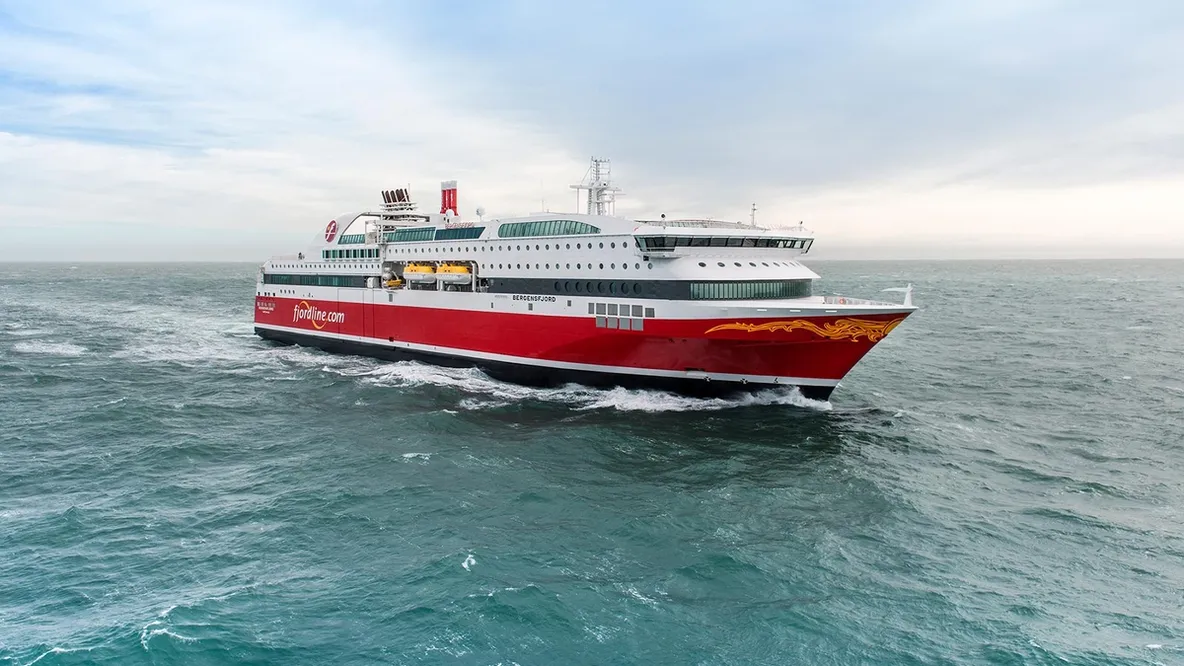
On 9 March, her sister ship, MS Bergensfjord, made her first voyage and since then, Fjord Line’s cruise ferries have almost daily departures between Hirtshals in Denmark and three ports in Norway.
2014 – New route between Strömstad and Sandefjord
We achieved another milestone in Fjord Line’s history when the completely renovated MS Bergen started sailing between Strömstad and Sandefjord on 20 June 2014 under its new name: MS Oslofjord.
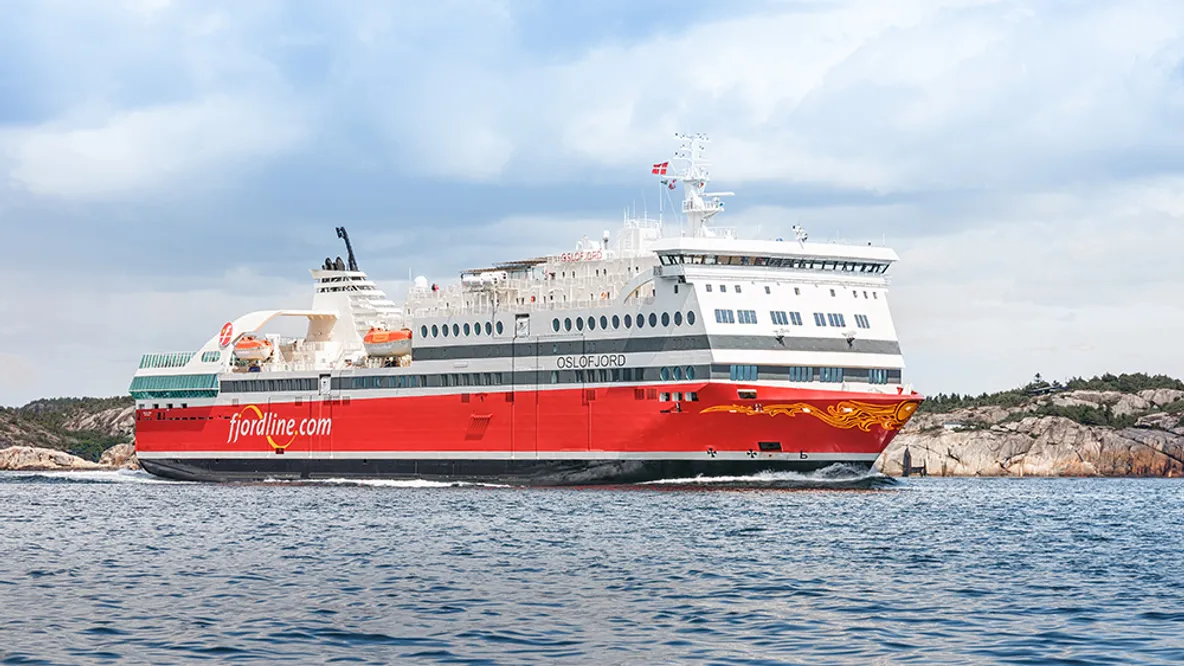
2015 – New CEO
In January 2015, Rickard Ternblom took over as CEO of Fjord Line. Mr Ternblom is an economist and previously worked for Stena Line for almost 20 years before taking the helm at Fjord Line. He has had various roles and has worked in Sweden, Norway and Southeast Asia.
For a time, he was also the route director for Stena Line’s Frederikshavn-Oslo route. He joined Fjord Line in spring 2014 as director of the company’s Langesund route.
2015 – Ferd joins Fjord Line
In the autumn of 2015, we acquired strong new owners: Ferd. With Ferd’s experience, expertise, networks and capital base, the company is in a position to assist Fjord Line’s continued development.
2020 – Sells HSC Fjord Cat
In 2018, Fjord Line decided to invest in a new ship to operate on the route between Kristiansand and Hirtshals. A ship that would replace HSC Fjord Cat – the fastest alternative at sea between Norway and the continent. The result was the catamaran Fjord FSTR – a hyper-modern and high-tech vessel that covers the distance across the Skagerrak as quickly as its predecessor – in 2 hours and 15 minutes. The ship was intended to be launched for the 2020 season, but delivery was postponed due to the coronavirus pandemic. After a long journey from the shipyard in the Philippines, the catamaran arrived at its home port of Hirtshals on Sunday 11 April.
Fjord FSTR is delivered by Austal Philippines Pty, Ltd, Balamban, Cebu, Philippines. The catamaran carries around 1,200 passengers and just over 400 vehicles. Fjord FSTR is the fastest alternative by ferry from Norway to Denmark with its 2 hours and 15 minutes across the Skagerrak between Kristiansand and Hirtshals. On its journey from the Philippines, Fjord FSTR was one of the ships affected by delays when the Panama-registered container ship MV Ever Given ran aground in the Suez Canal, blocking all traffic.
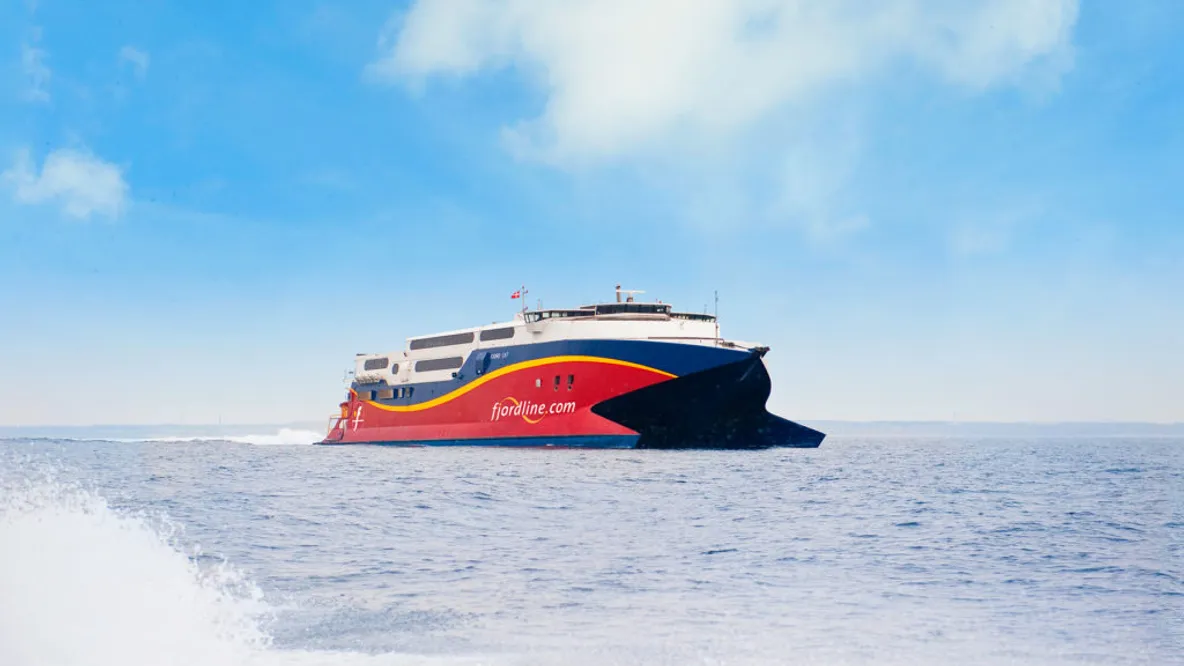
2020 - Change in top management
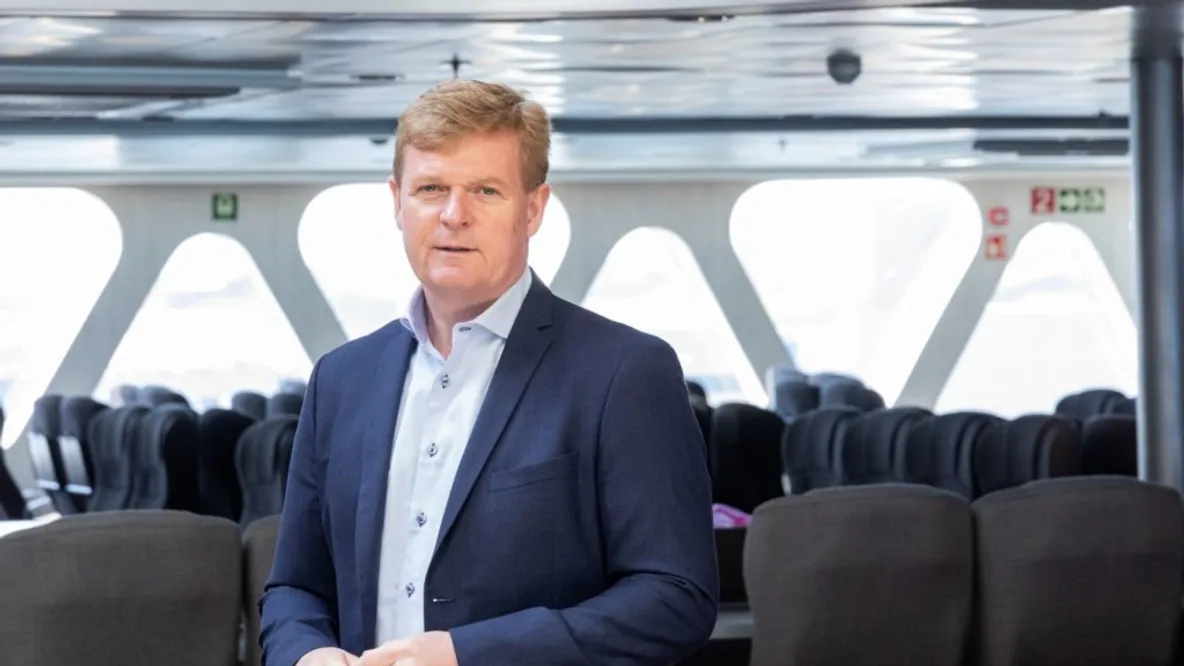
In October 2020, Arne Roland took over as interim CEO after Rickard Ternblom. The change was made as a reinforcement measure to ensure that the shipping company would emerge from the corona crisis as a strong and viable shipping company. Roland remained as interim leader until mid-January 2021, when Danish Brian Thorsted Hansen took over as CEO. Thorsted Hansen has extensive business experience, including 14 years with the shipping company DFDS, most recently as Vice President and head of passenger traffic in the shipping company.
2021 – MS Oslofjord is reflagged
On 25 March 2021, MS Oslofjord was transferred from the Danish ship register DIS to the Norwegian ship register NOR. The reason is that around 90% of the guests on MS Oslofjord are Norwegians. The reflagging means, among other things, that it will be easier to use Norwegian and local labour on board. The new home port for MS Oslofjord is now Sandefjord.
Fjord FSTR in traffic
25. Fjord FSTR started operating between Kristiansand and Hirtshals on 1 June. The very first sailing with passengers and vehicles on board took place at 10:00 departing from Hirtshals. At 13:30, the ship was then ready to take the very first passengers from Norway to Denmark. Everything worked according to plan and both the guests and crew were very happy. A special day for us at Fjord Line as well as for our beloved freight customers.
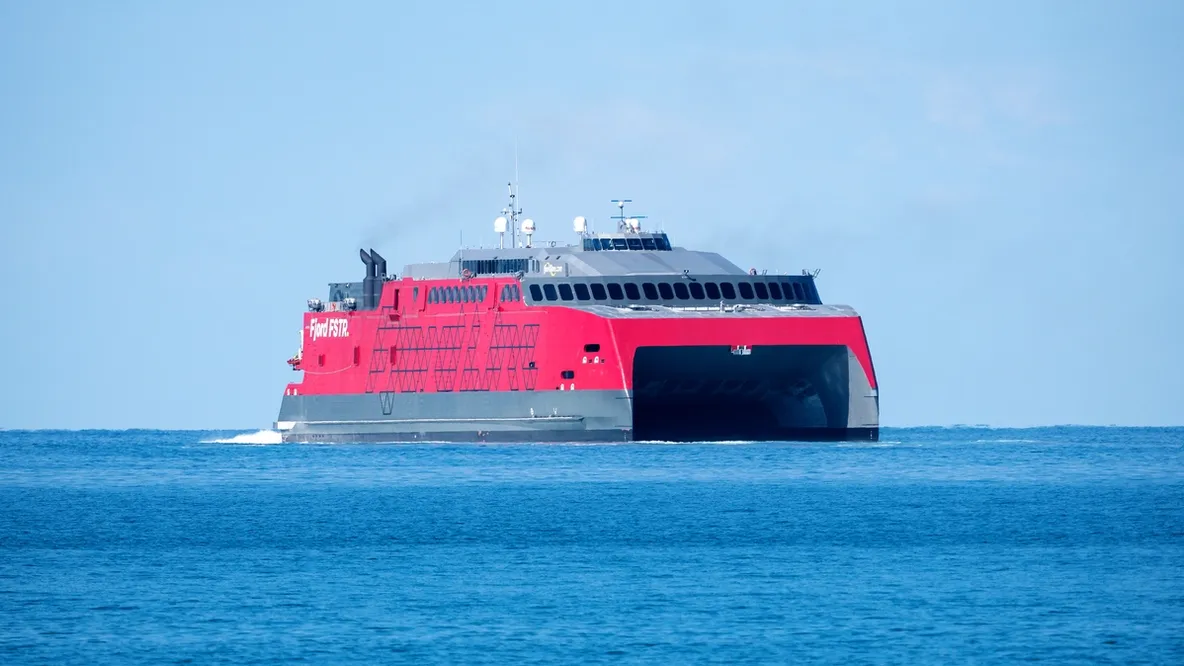
2022 – A fantastic summer after the pandemic
After the long period of restrictions caused by the pandemic, travel restrictions were removed in mid-February. We were finally able to put all ships back into full operation. The summer of 2022 surpassed all expectations, and we welcomed a great many passengers on all our ships.
2023 – The sister ships get new engines
In January and February, the sister ships MS Stavangerfjord and MS Bergensfjord were taken out of service and docked to convert the engines from LNG to dual fuel engines that can switch between the use of LNG and MGO (marine gas oil). These changes were made to ensure the greatest possible flexibility in operations. Fjord Line is a pioneer around sustainability in the sector, and has a clear ambition to sail as much as possible on the environmentally friendly natural gas LNG. MS Stavangerfjord was back in operation with new engines on 26 May, and that was a day of celebration in Bergen with both the group management and the deputy mayor on board.
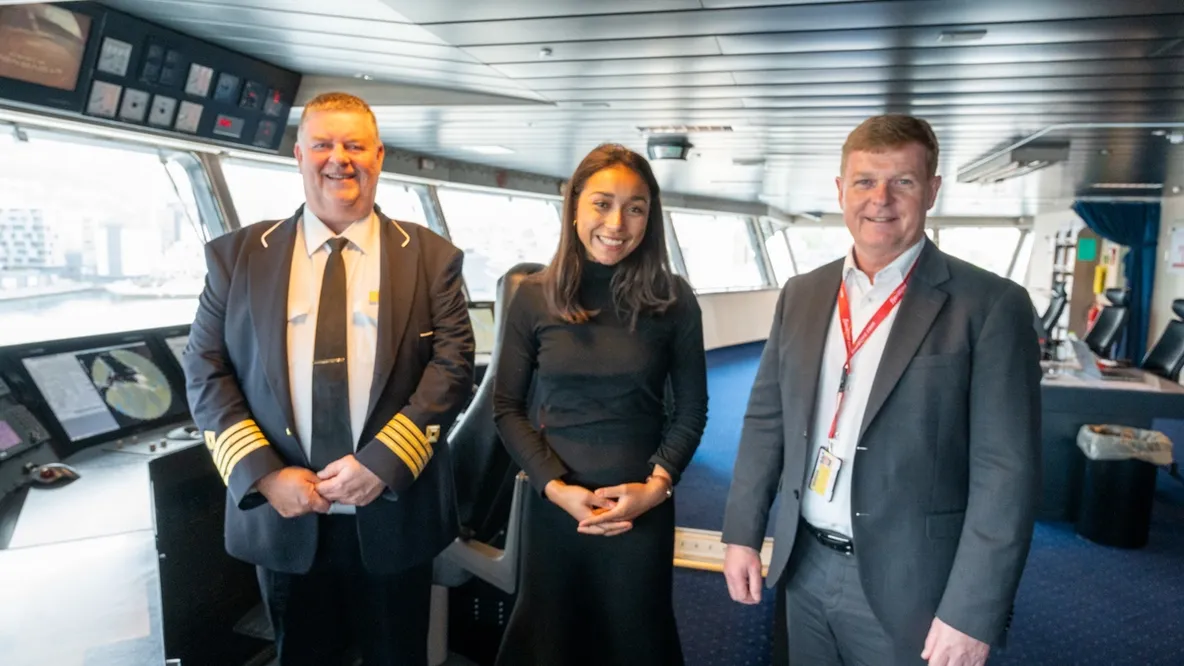
MS Bergensfjord returned from dock on 17 June, and the service returned to full operation with daily departures between Western Norway and Denmark.
Fjord Line changes ports
Once traffic with MS Stavangerfjord and MS Bergensfjord resumed in May and June respectively, the ships also underwent a permanent route change. While the ships were in dock, Fjord Line changed port from Langesund to Kristiansand, and the ships now sail between Bergen, Stavanger, Hirtshals and Kristiansand. The port change was a strategic move to ensure passengers and freight customers an even better offer on the shortest corridor between Norway and the continent.
This change has meant that Fjord Line now offers a year-round service between Kristiansand and Hirtshals, in addition to passengers being able to choose between several daily departure
